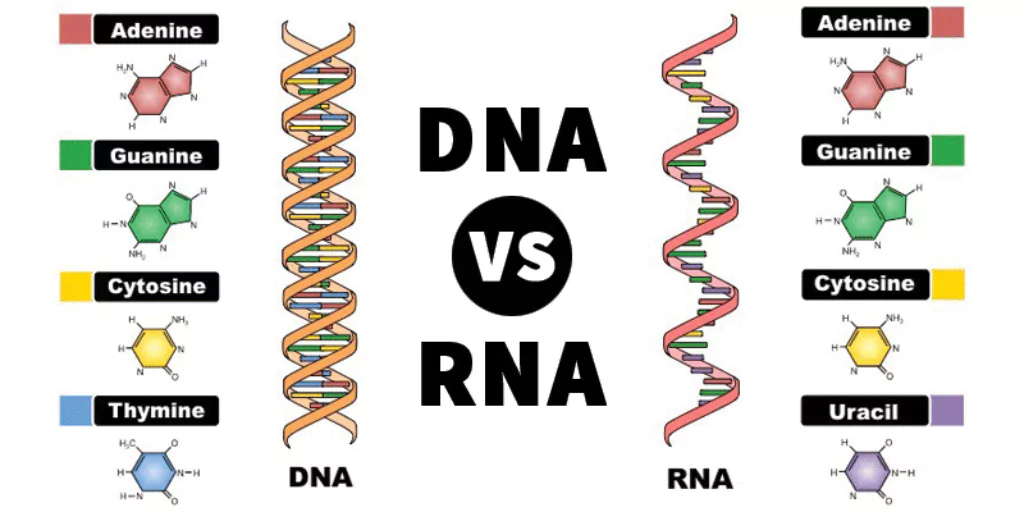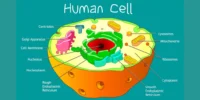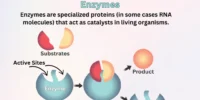Life as we know it is based on the molecules of heredity, DNA & RNA. These nucleic acids store and transmit genetic information, which influences the development, growth, and function of all living creatures. Biology and genetics rely heavily on understanding their structure and differences.
1. What is DNA?
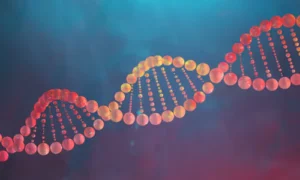
DNA (Deoxyribonucleic Acid) is the molecule that carries the genetic blueprint of life. It is present in the nucleus of eukaryotic cells and the cytoplasm of prokaryotes.
Structure of DNA
- Double helix: Two strands twisted around each other like a spiral staircase.
- Nucleotides: Basic building blocks consisting of a sugar (deoxyribose), a phosphate group, and a nitrogenous base.
- Bases: Adenine (A), Thymine (T), Guanine (G), and Cytosine (C).
- Base pairing: A pairs with T, G pairs with C (via hydrogen bonds).
Functions of DNA
- Stores genetic information.
- Guides protein synthesis through RNA.
- Passes hereditary traits from one generation to the next.
- Ensures cell growth, repair, and reproduction.
2. What is RNA?
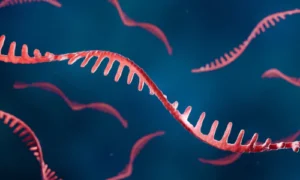
RNA (Ribonucleic Acid) is a single-stranded molecule that helps in decoding and expressing genetic information. Unlike DNA, RNA is short-lived and directly involved in protein synthesis.
Structure of RNA
- Single-stranded helix (not double).
- Nucleotides: Sugar (ribose), phosphate, and bases.
- Bases: Adenine (A), Uracil (U), Guanine (G), and Cytosine (C).
- Base pairing: A pairs with U, G pairs with C.
Types of RNA
- mRNA (Messenger RNA): Carries the genetic code from DNA to ribosomes.
- tRNA (Transfer RNA): Brings amino acids to ribosomes during protein synthesis.
- rRNA (Ribosomal RNA): Forms part of ribosomes and helps assemble proteins.
Functions of RNA
- Translates DNA information into proteins.
- Regulates gene expression.
- Acts as an enzyme (ribozyme) in some reactions.
- Plays a role in viral genomes (e.g., coronavirus RNA).
3. Key Differences Between DNA and RNA

| Feature | DNA | RNA |
|---|---|---|
| Full Form | Deoxyribonucleic Acid | Ribonucleic Acid |
| Structure | Double-stranded helix | Single-stranded |
| Sugar | Deoxyribose | Ribose |
| Nitrogen Bases | A, T, G, C | A, U, G, C |
| Base Pairing | A-T, G-C | A-U, G-C |
| Location | Nucleus (eukaryotes), cytoplasm | Cytoplasm, ribosomes, nucleus |
| Stability | Very stable | Less stable |
| Function | Long-term storage of genetic code | Protein synthesis & regulation |
4. DNA & RNA in Protein Synthesis
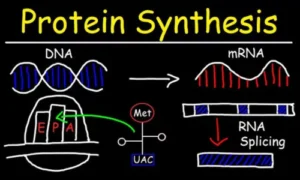
1. Transcription: DNA is copied into mRNA.
2. Translation: mRNA is read by ribosomes, and tRNA brings amino acids to form proteins.
This DNA → RNA → Protein pathway is known as the Central Dogma of Molecular Biology.
Conclusion
DNA and RNA are the molecular storytellers behind life. DNA contains the permanent library of genetic information, whereas RNA acts as a messenger and interpreter, ensuring that proteins are correctly constructed. Their structural and functional distinctions demonstrate how well life’s complexity is organised at the molecular level.


